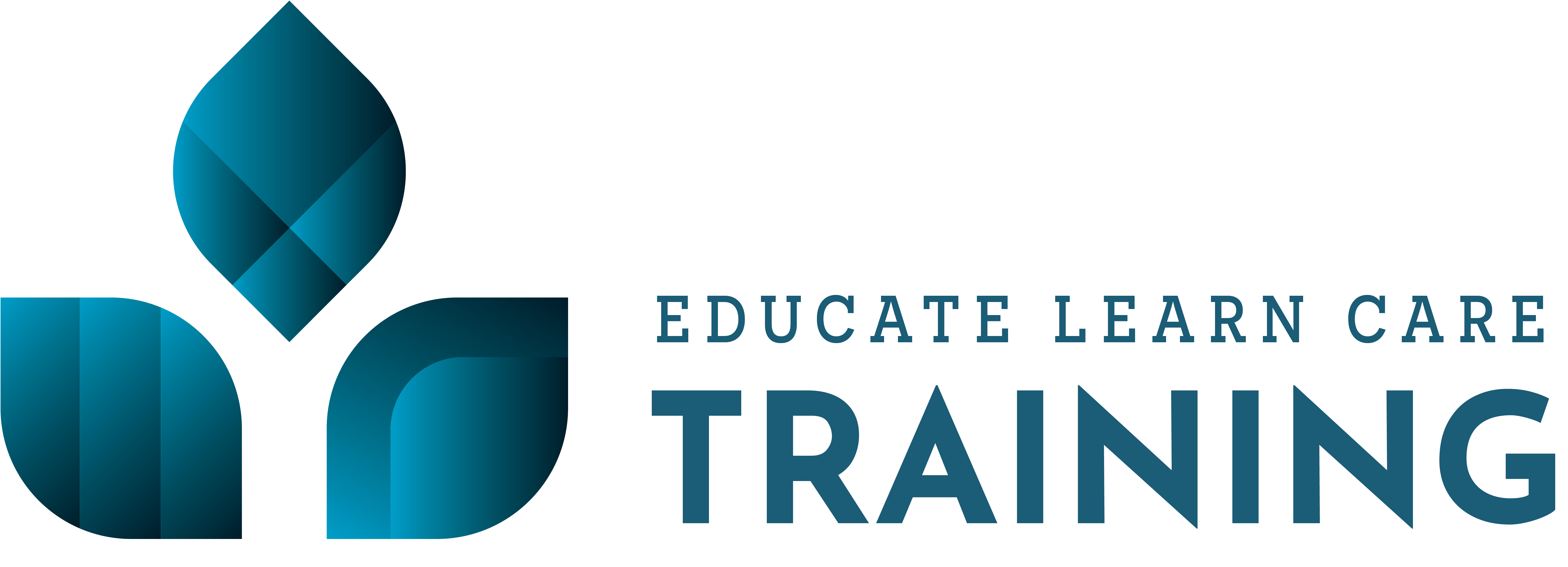Your babies safety is the most important thing, and that includes their sleep environment. There are many factors that can affect whether your child is at increased risk of Sudden Infant Death Syndrome (SIDS).
What is SIDS?
SIDS stands for “sudden infant death syndrome”. Red Nose Australia described SIDS as the “sudden and unexpected death of an infant under one year of age with an onset of a fatal episode occurring during sleep, that remains unexplained after a thorough investigation, including performance of a complete autopsy and review of the circumstances of death and the clinical history”.
While SIDS is uncommon (3 in every 10,000), there are risk factors. These include, the infant being premature, being smaller than average, exposure to tobacco smoke or drugs before they were born. The risk of SIDS is in the first 12 months, but cases are more frequent between 2 and 4 months of age. While risk factors like an underlying health condition cannot be controlled, safe sleep practices help us control the environment around the child to reduce risk.
Most commonly, when an infant dies in their sleep it is found to be SIDS or due to “fatal sleep accident” “these deaths happen when babies suffocate or get trapped or strangled by things in their sleeping environments.” The Safe sleep guidelines help prevent both causes of death.
What are the Safe Sleep Guidelines?
The safe sleep guidelines include the following:
- Ensuring babies are sleeping in a safe environment
- This includes safety standard approved cots and mattresses
- Bedding is appropriate and doesn’t pose a risk of suffocation/strangulation
- There is sufficient ventilation in the room
- Ensuring babies are dressed appropriately for sleep to avoid over heating or being too cold
- There is appropriate supervision of sleeping babies
- Having baby’s cot in the same room as parents for the first 12 months
- This DOES NOT include co-sleeping, co-sleeping significantly increases the risk of SIDs as the environment is not safe for a baby.
- Breastfeeding and the use of dummies/pacifiers are recommended
- Both of these reduce the likelihood of SIDs, however if you cannot breastfeed your baby, it DOES NOT put them at a higher risk of SIDs.
- Dummies/pacifiers can also help relax baby and help them sleep well.
Steps to following the Safe Sleep guidelines:
To reduce the risk and give your child the safest sleep environment possible, follow these simple steps.
- COTS – Ensure your cot is compliant with Australian and New Zealand safety standards 2172 and 2195.
- MATTRESS AND BEDDING – Ensure the mattress fits firmly inside the cot, sheets/blankets are firmly tucked in, there is no pillow, and there are no loose blankets or toys within the cot. Avoid using fluffy blankets or any pillows, these increase the risk of suffocation and overheating in infants.
- PLACE CHILD’S FEET AT THE BASE OF THE COT – this will minimise the risk of your child sliding down under blankets and having bedding covering their head resulting in suffocation.
- REMOVE BUMPERS, COMFORTERS, SOFT TOYS, PILLOWS AND DOONAS – Items that can cover your child’s face or mouth can increase the risk of SIDS.
- PLACE BABY ON THEIR BACK – Unless there is a medical reason, babies should be placed on their back so there is no chance of obstructing their breathing.
- CLOTHING – Babies should be dressed in warm, but not hot clothing. A simple onesie like a Bonds Wondersuit is sufficient. Hoods and hats should be removed.
- SHARE YOUR ROOM WITH YOUR CHILD – It’s recommended your child sleeps in your room until 12 months of age. This will allow you to hear if your child’s breathing is irregular or sleep is disrupted.
- CO-SLEEPING IS DISCOURAGED – This will prevent the likelihood of rolling on your baby and restricting their breathing.
- NO SMOKING – A smoke free environment is encouraged to protect and develop your baby’s airways.
Sometimes there is no reason as to why SIDS occurs, but if you follow these steps, you are taking the best and most appropriate measures to minimise the risk and to keep your baby safe. For more information on SIDs or how to create a safe sleep environment you can check out Red Nose Australia who are a government approved safe sleep provider.
Author:
Vicki Cooper | Trainer Assessor
ELC Training Australia



